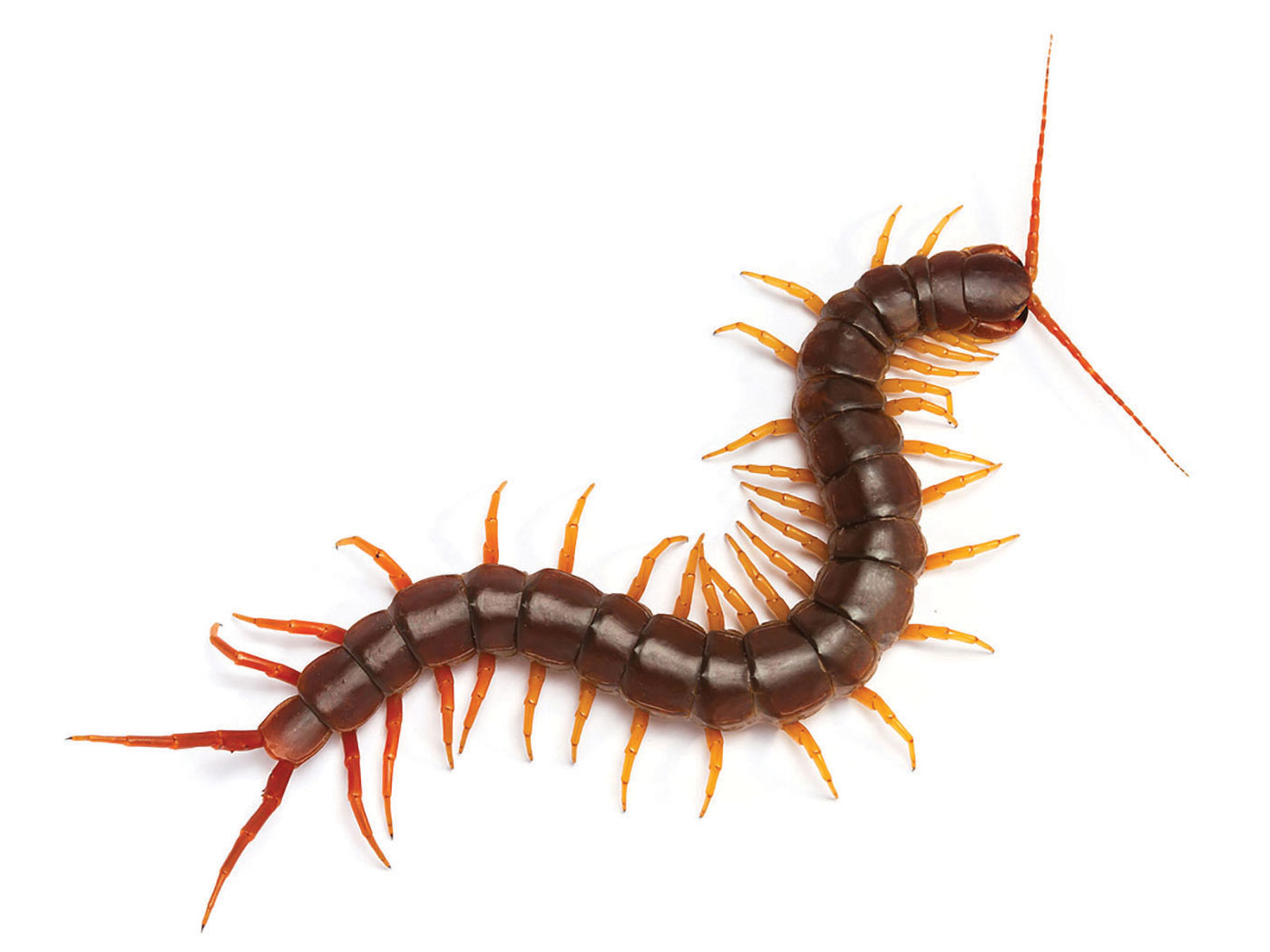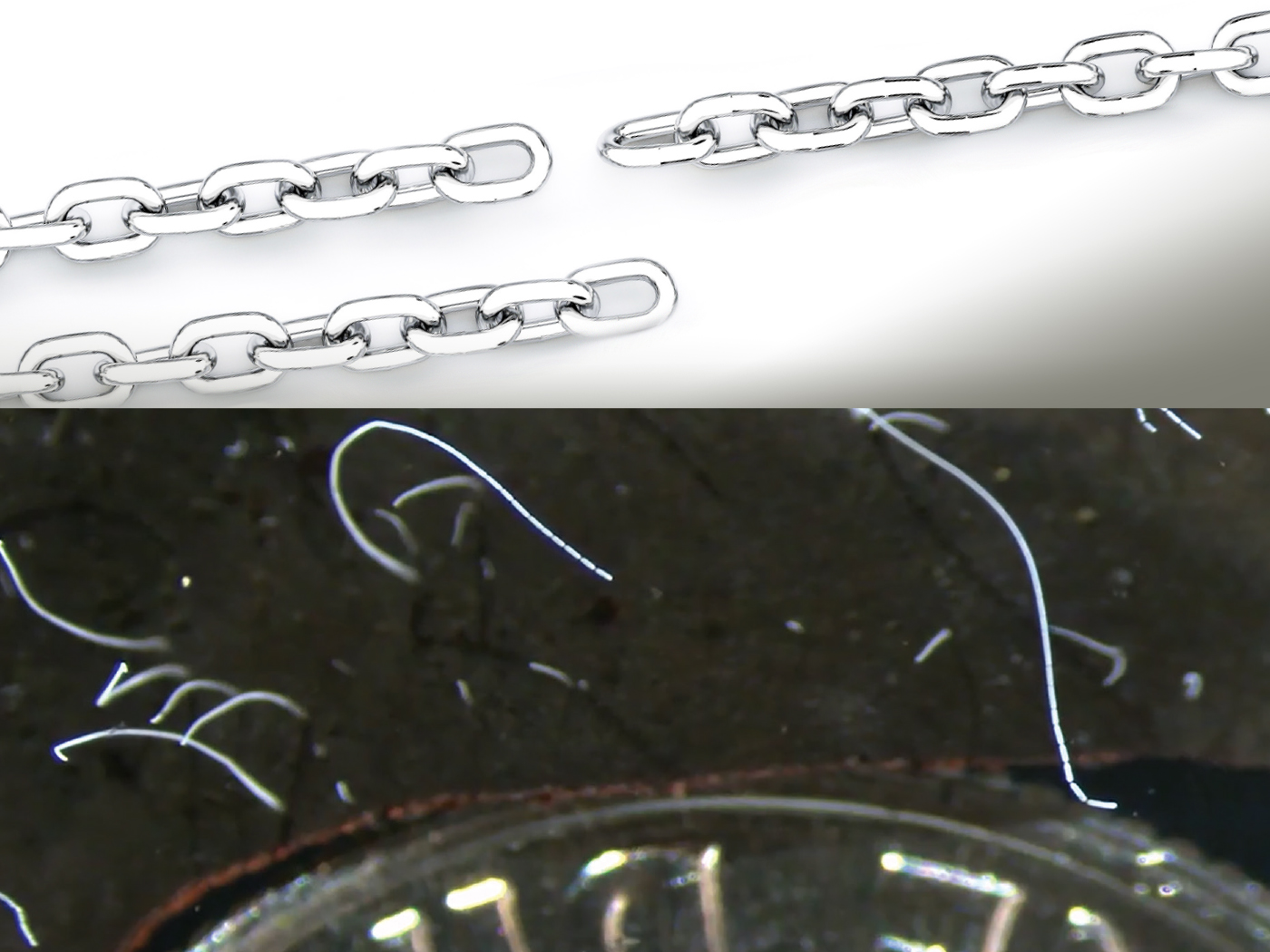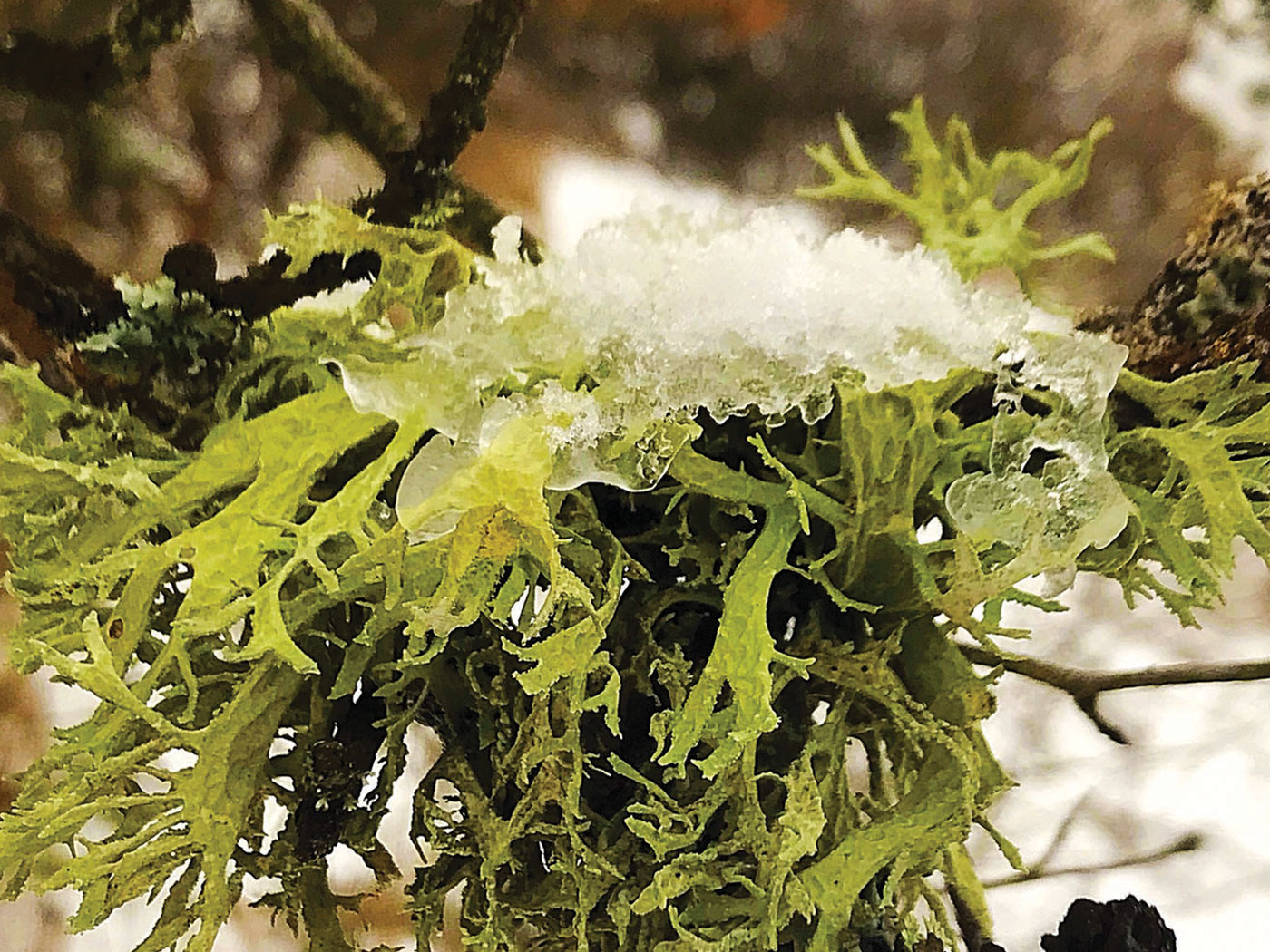Green leaves might hang motionless most of the time, but plenty of activity stirs deep inside them. Many people understand that molecules move during photosynthesis, but most probably don't realize that plants also dabble in electronics—smartly crafted electronics.
Researchers suspected some form of fast communication within plants when they detected an uptick in defensive chemical production in leaves far removed from those leaves actually undergoing "trauma" or damage. Soon after a caterpillar began chewing its lunch from one leaf, plant tissues both near and far began producing chemicals targeted to sour the attacking insect's appetite.
How do damaged leaves communicate so quickly with other leaves on the same plant?
Nature published the findings of a team of Swiss biologists who traced a rapid propagation of electrical charge, most likely along leaf and stem vessels, using the classic lab research plant, Arabidopsis.1 They attached electrodes to the leaves and found that the charge travels at the rate of about 3.5 inches per minute.
What effect did this have?
Upon receiving the electronic signal, faraway leaf tissues produced a chemical called "jasmonate." Botanists recognize this hormone as a key role player in several plant processes, specifically when it comes to initiating one of a plant's many defensive schemes. Proteins inside plant cells transmit jasmonate's Paul Revere-like message to their nuclei where intermediate messengers activate and coordinate different defense-related genes.
It's all quite intricate. But that's just the beginning—it turns out that plants use multiple defensive strategies simultaneously.
For example, the same biologists also found that a "reactive oxygen species" response to leaf-wounding operates independently of the electrochemically signaled jasmonate response. Leaf tissue damage activates both responses, but other plant defenses are up and running all the time. Other research shows that plants amazingly coordinate these different defenses.
A 2008 study by scientists working in the Netherlands examined "cross talk" in plants.2 Not only do plants send hormonal and electrochemical signals along defense pathways, but they also coordinate across pathways. In other words, a plant's coast guard talks to its army, which talks to its air force to unfurl appropriate defenses at appropriate times.3
"Therefore, plants possess elaborate regulatory mechanisms that efficiently coordinate the activation of attacker-specific defenses so that fitness costs are minimized, while optimal resistance is attained," according to the 2008 Netherlands team.2
How could electrical signaling, hormonal signaling, defensive response cascades, and defense-optimizing cross talk between cascades have originated? Considering that many parts are required to make just one defense cascade work at even a minimum level, it stands to reason that all those parts must have originated simultaneously, as though they had been created all at once.4 Members of the armed forces might just turn green with envy over these optimized, efficient, and incredibly high-tech plant defenses.
References
- Mousavi, S. A. R. et al. 2013. GLUTAMATE RECEPTOR-LIKE genes mediate leaf-to-leaf wound signaling. Nature. 500 (7463): 422-426.
- Koornneef, A. and C. M. J. Pieterse. 2008. Cross Talk in Defense Signaling. Plant Physiology. 146 (3): 839-844.
- One can take the air force analogy almost literally—damaged plant tissue releases hormones like jasmonate into the air as a signal to nearby, but separate, plants to prime their defenses.
- For example, the Nature study authors removed certain plant genes, finding that the electric signaling required certain protein complexes. Of course, such signals carry no meaning without the jasmonate hormone, the protein machinery involved in signal transduction, the jasmonate-related signals that interact with DNA, and the proteins that manufacture jasmonate.
* Mr. Thomas is Science Writer at the Institute for Creation Research.
Article posted on September 11, 2013.







